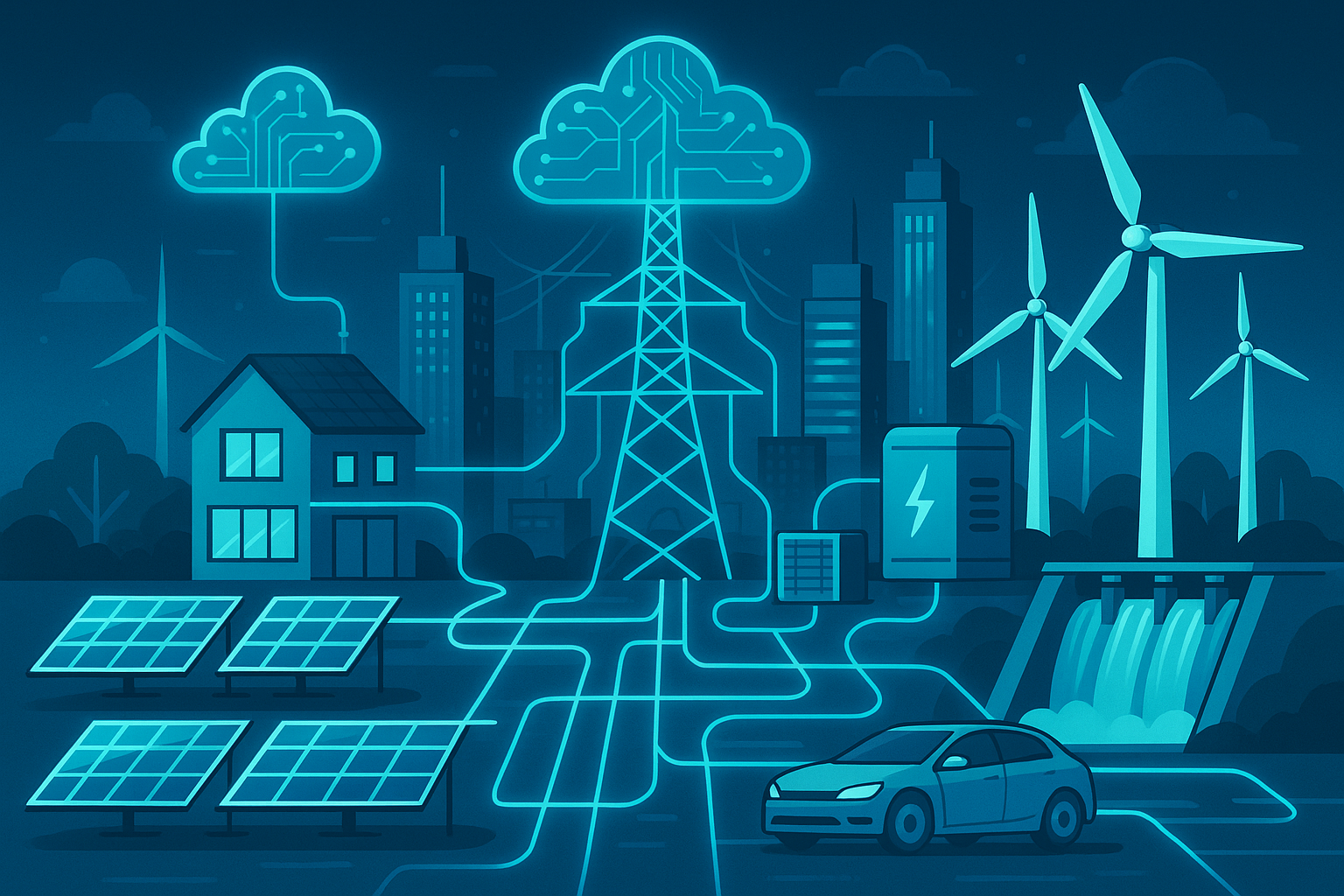What Is a Smart Grid?
A smart grid brings the traditional power grid into the modern era. It applies cutting-edge tech and instant data to control electricity production, distribution, and consumption. Picture upgrading from a basic flip phone to a smartphone—it’s smarter, quicker, and more productive.
Why Smart Grids Matter
As electricity use grows and clean energy becomes crucial, our old energy systems need an update. Smart grids help by:
- Maintaining power flow even during peak demand
- Reducing energy waste
- Simplifying solar and wind power integration
- Lowering costs for homes and businesses
How It All Works
Smart grids gather information through smart meters and sensors that communicate in real time. This allows the system to understand energy consumption, prioritize distribution, and address issues promptly. It resembles a power network with the ability to think and react.
Benefits for Everyday Users
Smart grids don’t just help energy companies—they have an impact on regular people too:
- See your exact energy usage via smart meters
- Receive notifications about power outages and faster repairs
- Reduce your electricity costs by consuming energy during off-peak hours
- Connect solar panels or home batteries to your home with ease
Improving Green Energy Performance
Solar panels and wind turbines produce varying amounts of energy. Smart grids help manage this by balancing clean energy with other sources to ensure constant power availability when needed.
Challenges Smart Grids Face
Building smart grids presents difficulties. A few obstacles remain:
What the Future Looks Like
As cities become greener and smarter smart grids have a big impact. They help to cut down on pollution, make energy supply more dependable, and give people more say in their power usage.
